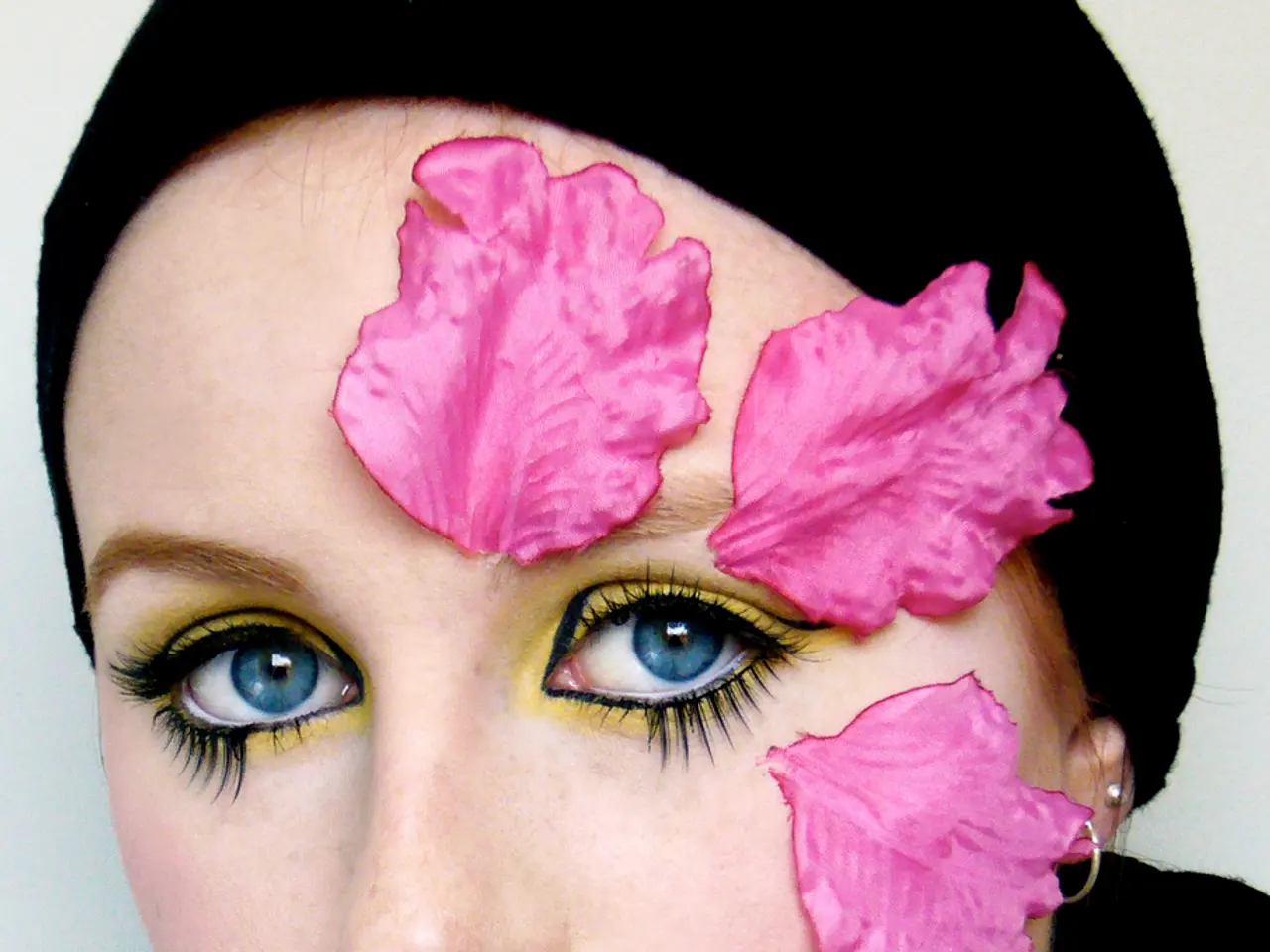Artificial Intelligence technology aims to detect and prevent minors from bypassing age restrictions on cosmetic products by removing digital makeup.
In the digital age, where social media platforms and online communities have become a significant part of everyday life, ensuring the safety and protection of underage users has become a paramount concern. A new AI tool, called DiffClean, is addressing this issue head-on by improving the accuracy of age verification systems.
The innovation lies in its ability to digitally remove makeup from facial images before age estimation. This approach, according to recent research, has improved the accuracy of minor versus adult classification by 4.8% over competing baseline methods. Not only does this enhance age verification performance, but it also improves face verification True Match Rate (TMR) by 8.9% at a low False Match Rate (FMR=0.01%), indicating better identity recognition after makeup removal.
Makeup can often alter perceived age and identity, leading to errors in automatic age verification. By digitally cleansing makeup, AI makeup removal techniques like DiffClean make age estimation systems more robust and reliable.
The method called DiffClean uses a text-guided diffusion model to erase makeup traces, helping defend against makeup-based attempts to fool age estimation systems. Four key loss functions guide makeup removal without affecting facial identity or age cues. Makeup does not have a uniform effect on perceived age, and DiffClean attempts to recover original age indicators by removing cosmetic traces.
The model was trained in two stages, using 300 real-world makeup images from BeautyGAN's MT dataset and 300 additional UTKFace images augmented with synthetic makeup via EleGANt. DiffClean was trained on 256×256px input images and fine-tuned for five epochs using Adam, with a coarser learning rate of 4e−3.
At inference time, the 2023 MiVOLO framework was used for age estimation. The SSRNet fine-tune of UTKFace used a training set of 15,364 images and a test-set of 6,701 images, with a 70:30 split.
DiffClean consistently narrowed the gap between apparent and actual age on real-world images from the LADN and BeautyFace datasets, lowering overestimation and underestimation errors by about three years on average. DiffClean with CLIP age loss achieved the best results across all metrics in age estimation tasks.
This advancement is particularly important in safeguarding minors on platforms with strict age restrictions. It is worth noting that other AI applications in facial analysis focus on skin parameters or cosmetic recommendations but do not directly address age estimation accuracy impacted by makeup.
Examples of third-party services that use visual age verification include Ondato, TrustStamp, and Yoti. However, it's important to remember that age estimation is not infallible, and young people have developed methods to enter dating sites, forums, and other environments that ban their age group.
The research focuses on identifying the cusp between minor and adult female status, a challenging task given the variations in female maturation rates. Performance was evaluated on both synthetic and real-world images, using Mean Absolute Error (MAE), age group accuracy, and minor/adult accuracy as metrics.
In a competitive landscape, DiffClean, the AI system developed by the researchers, exceeded state-of-the-art methods in age estimation when confronted by performative or 'evident' makeup. This breakthrough underscores the potential of AI in enhancing the safety and security of online platforms for all users, particularly minors.
Artificial-intelligence tools, such as the AI system called DiffClean, can improve the accuracy of age verification systems by digitally removing makeup from facial images before age estimation, reducing errors and increasing the reliability of age estimation systems. The innovation of DiffClean lies in its use of a text-guided diffusion model to erase makeup traces, helping defend against makeup-based attempts to fool age estimation systems and enhancing safety in online platforms, particularly for underage users.




